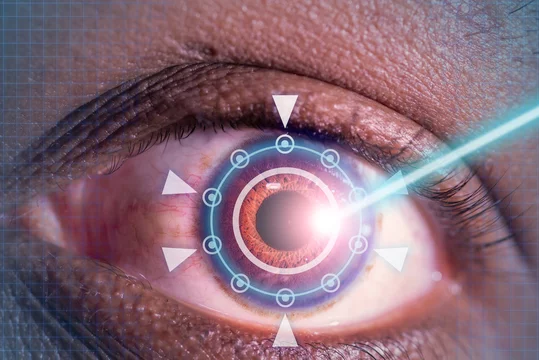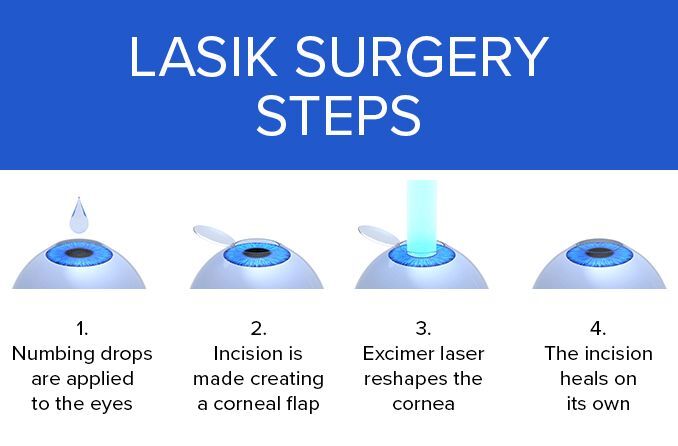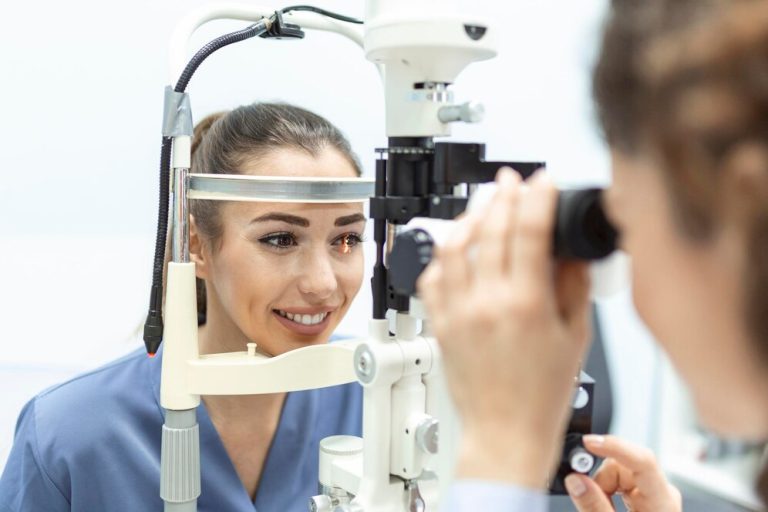Recent Advances And Innovations In LASIK Technology
Laser-assisted in situ keratomileusis (LASIK) is a popular refractive surgery that reshapes the cornea to improve vision and correct common refractive errors such as myopia (nearsightedness), hyperopia (farsightedness), and astigmatism. Since its introduction in the 1990s, LASIK has evolved significantly, thanks to advances in technology and techniques. These innovations have enhanced the safety, precision, and outcomes of the procedure, making it a viable option for a broader range of patients. This article explores recent advances and innovations in LASIK technology.
Custom LASIK and Wavefront-Guided Technology
Custom LASIK, also known as wavefront-guided or wavefront-optimized LASIK, tailors the procedure to the unique refractive errors of each individual. Using wavefront aberrometry, the technology measures not only common refractive errors but also higher-order aberrations (HOAs) that can affect the quality of vision. This personalized approach enhances visual outcomes and minimizes side effects such as glare, halos, and poor night vision.
Femtosecond Laser Technology
The introduction of femtosecond lasers has revolutionized the LASIK procedure. In traditional LASIK, a microkeratome (a mechanical blade) was used to create the corneal flap. Femtosecond lasers, which operate on an ultrafast time scale, provide a blade-free alternative that offers greater precision and control. This advancement allows for better flap customization and minimizes the risk of complications such as incomplete or irregular flaps.
Topography-Guided LASIK
Topography-guided LASIK uses corneal topography data to guide the laser during the procedure. This technology measures the surface of the cornea, identifying irregularities and asymmetries. By incorporating this data into the treatment plan, topography-guided LASIK can improve the uniformity of the cornea and provide better visual outcomes, especially for patients with irregular corneal shapes.
Eye Tracking and Iris Recognition Technology
One of the challenges in LASIK is ensuring precise treatment, even when the patient’s eye moves during the procedure. Modern LASIK systems incorporate advanced eye-tracking technology that monitors eye movements in real time and adjusts the laser’s position accordingly. Some systems also use iris recognition to confirm the patient’s identity and maintain alignment, ensuring the procedure is accurate and safe.
Adaptive Optics and Intraoperative Aberrometry
Adaptive optics and intraoperative aberrometry provide real-time feedback during the LASIK procedure, allowing the surgeon to fine-tune the laser treatment. These technologies can detect subtle changes in the cornea and adjust the laser’s focus and intensity, resulting in improved outcomes and reduced risk of overcorrection or under-correction.
Corneal Cross-Linking Integration
Corneal cross-linking (CXL) is a procedure that strengthens the cornea by creating new bonds between collagen fibers. While not a standard part of LASIK, CXL may be integrated into the LASIK process for patients with thinner corneas or conditions such as keratoconus. This combination can improve the safety and stability of the cornea, reducing the risk of postoperative complications.
Enhanced Patient Comfort and Safety
Advancements in LASIK technology have also focused on improving patient comfort and safety. Modern LASIK procedures are less invasive and use advanced laser systems that minimize tissue damage and promote faster healing. Additionally, improved anesthetic eye drops and suction devices enhance comfort during the procedure.
Artificial Intelligence and Machine Learning
Artificial intelligence (AI) and machine learning are increasingly being integrated into LASIK planning and execution. AI algorithms can analyze large datasets to identify patterns and optimize treatment plans for individual patients. This approach can lead to more precise and personalized outcomes, further enhancing the effectiveness of LASIK.
Extended Range of Vision (ERV) and Multifocal LASIK
For patients with presbyopia (age-related difficulty focusing on near objects), recent innovations include extended range of vision (ERV) and multifocal LASIK. These procedures reshape the cornea to create multiple focal points, allowing for improved vision at different distances. This advancement provides an alternative to reading glasses or bifocals for presbyopic patients.
Telemedicine and Remote Monitoring
Telemedicine is becoming increasingly important in LASIK, offering patients greater convenience and access to expert care. Surgeons can use telemedicine to conduct preoperative consultations, evaluate candidacy, and provide postoperative follow-up care remotely. This approach can enhance patient access to LASIK and improve overall outcomes.
Conclusion
Recent advances and innovations in LASIK technology have significantly improved the safety, precision, and outcomes of the procedure. From personalized treatments such as custom LASIK and wavefront-guided technology to the integration of artificial intelligence and telemedicine, these innovations are making LASIK an even more attractive option for vision correction. As technology continues to evolve, the future of LASIK holds promise for further enhancements in patient care and satisfaction.
For any further queries, Plz visit drvivekgarg.in








